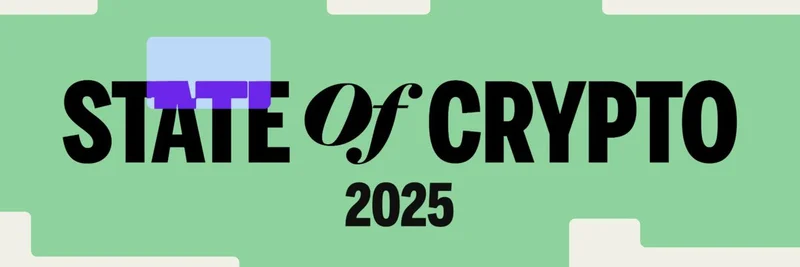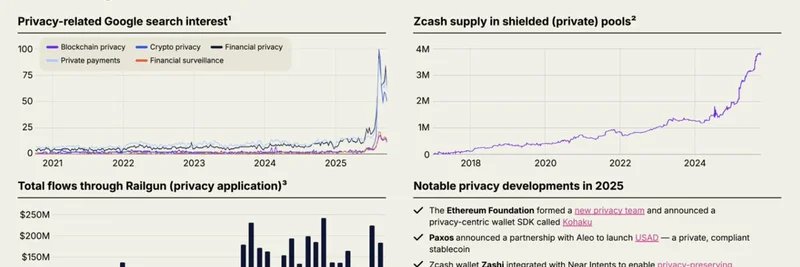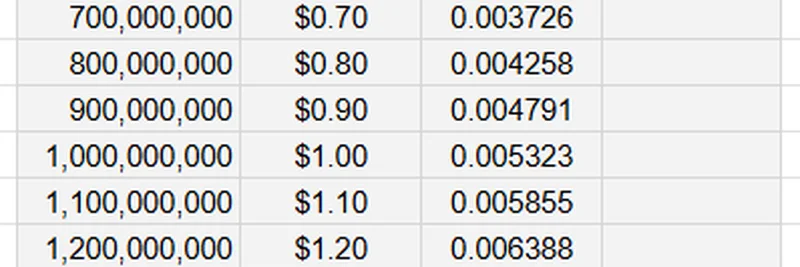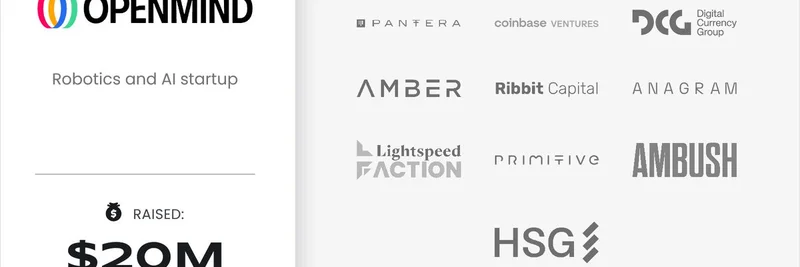Wall Street's entry into crypto is like watching a rerun of the retail investor journey, but in slow motion and with bigger checkbooks. If you've been in the space for a while, you know the drill: everyone starts with Bitcoin (BTC), the granddaddy of crypto, often called digital gold for its store-of-value properties. Then, curiosity leads to Ethereum (ETH), the programmable blockchain that powers smart contracts and decentralized apps. After that, it's a slippery slope down the market cap rankings to altcoins, DeFi projects, and yes, even meme tokens.
Ryan Watkins, co-founder of Syncracy Capital and a former Messari analyst, nailed this parallel in his recent X post. He points out that institutions are going through the same excitement cycles we did in previous bull markets, but stretched out over years. It took two full years of Bitcoin-only focus before Ethereum got its spotlight. Remember the Bitcoin ETFs that launched in early 2024? They were a game-changer, sucking in billions in institutional money. Now, with Ethereum ETFs potentially on the horizon or already making waves, we're seeing that shift happen.
Watkins quotes his earlier take on Michael Saylor's MicroStrategy (MSTR) strategy, which he dubs an "infinite money glitch." Saylor's company has been aggressively buying Bitcoin, using debt and equity to amplify their holdings, creating a reflexive cycle where rising BTC prices boost MSTR stock, which in turn funds more BTC buys. It's not forever sustainable, but it's a blueprint for other assets like Solana (SOL) to potentially replicate. For meme token enthusiasts, this is intriguing because if big players can engineer flywheels for top-tier cryptos, imagine the volatility and upside when they dip into memes.
Looking at the replies to Watkins' post, the community is buzzing with agreement. One user, Stephen McBride, breaks it down simply: Institutions are 10 years behind retail. They buy BTC first, then ETH, and eventually explore smaller cryptos. That's why BTC and ETH dominate 73% of the market cap – they're the safe bets. But closing that gap? That's where the real opportunities lie for alts and memes.
Another reply highlights a chart comparing ETH's post-ETF trajectory to BTC's, projecting ETH could hit $5K soon and $10K by year-end. If that pans out, it sets a precedent for capital flowing further down the chain. Think about it: Meme tokens like Dogecoin (DOGE) or newer ones on Solana and Base have already shown massive retail-driven pumps. Institutional interest could supercharge that, turning fun internet jokes into serious portfolio diversifiers.
From a blockchain practitioner's view, this evolution underscores the need to stay ahead. Meme tokens aren't just hype; they're cultural phenomena built on solid tech like fast, cheap transactions on layers like Solana. As Wall Street warms up, understanding these cycles helps you position yourself – whether that's building on ETH's ecosystem or scouting the next viral meme.
Of course, risks abound. Regulatory hurdles, market volatility, and the fact that not every asset will get its "moment" like ETH. But the pattern is clear: Adoption starts at the top and trickles down. For meme insiders, this could mean the dawn of institutional meme plays, where funds start allocating small percentages to high-risk, high-reward tokens.
If you're diving into memes, tools like DEX screeners and on-chain analytics are your best friends. Keep an eye on projects with strong communities and real utility, even if it's wrapped in humor. The crypto world is reflexive – hype feeds price, which feeds more hype. Wall Street's slow but steady march could be the catalyst for the next big wave.
Stay tuned as we track these trends here at Meme Insider, your go-to for meme token insights and blockchain knowledge.




